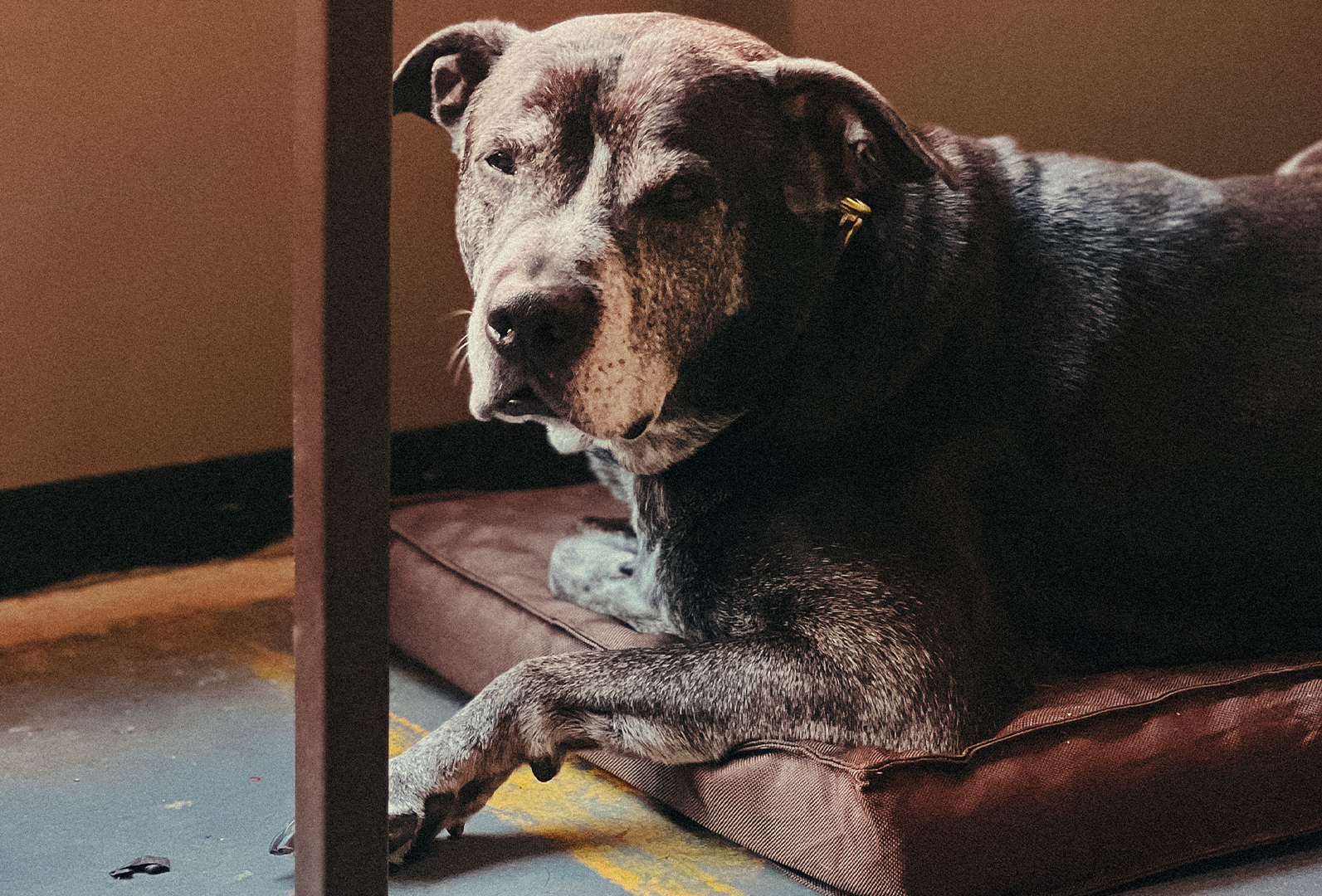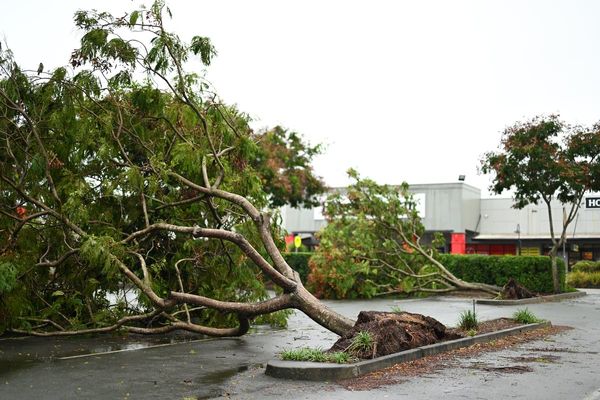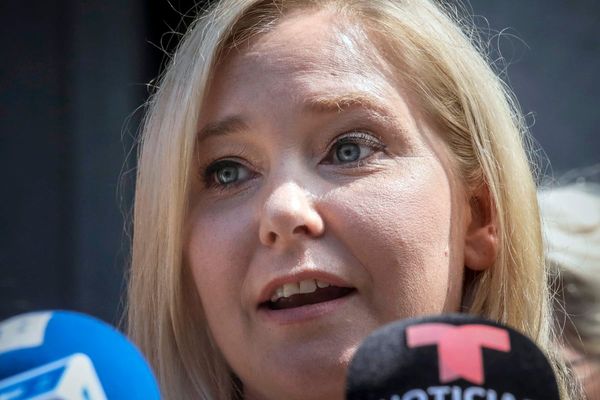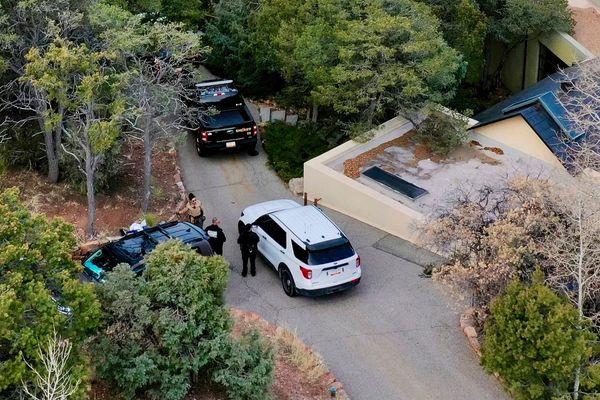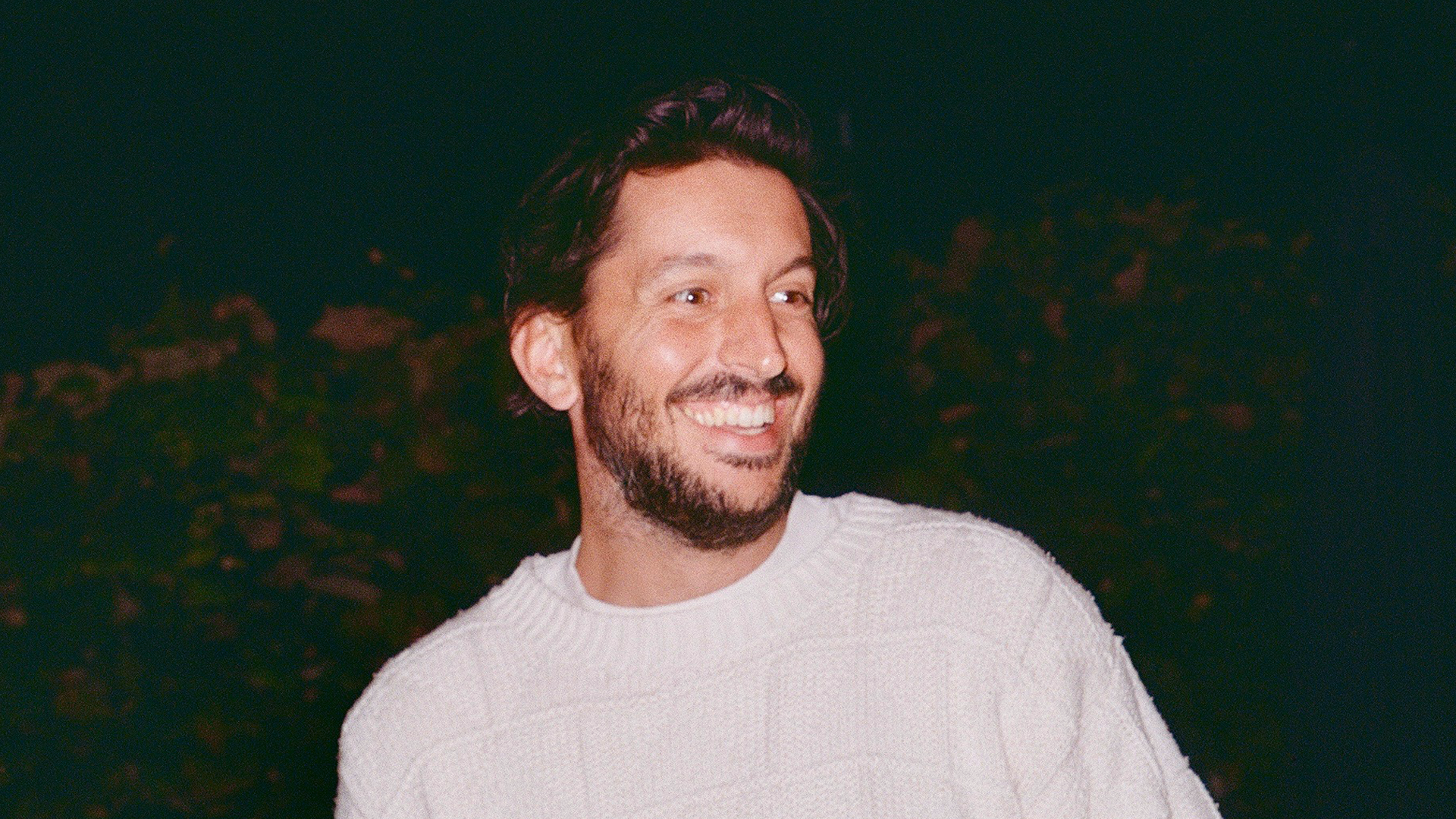
Mike Perry is the founder and chief creative officer of Tavern, a creative agency shaping some of today's most exciting Modern Heritage brands. A veteran in the food and beverage industries, Mike has over thirteen years of experience crafting bold and beautiful campaigns for leading brands like Budweiser, Beam Suntory and Burger King.
Tapped into the lightning-fast speed of today's culture, Mike takes a dynamic and forward-thinking approach to design, blurring the boundaries between branding and advertising. As part of our Day in the Life series, I caught up with Mike to discuss life at Tavern, design pet peeves and his essential reading list for all emerging creatives.

Could you walk me through a typical day in your role?
Walk to the office with Rocky, the studio dog.
While we have a few team members scattered across the globe, a typical day starts with getting into our NYC office, where we maintain a classic, in-person design agency. We kick things off with coffee and some Design Practice™.
Athletes, both professional and otherwise, practice far more than they actually play the sport. So why do creative professionals play more than we practice? In school, you're practising every day, then suddenly you're on the job and presumably learning by doing, so you're done practising. That makes no sense to me.
We treat Design Practice™ like a warm-up. It's always different, doing little exercises or upskilling. That can be anything from learning new tools by doing quick tutorials on programs like Spline or After Effects to recreating vintage bottle labels or dissecting and reimagining our own assets to make studio ephemera.
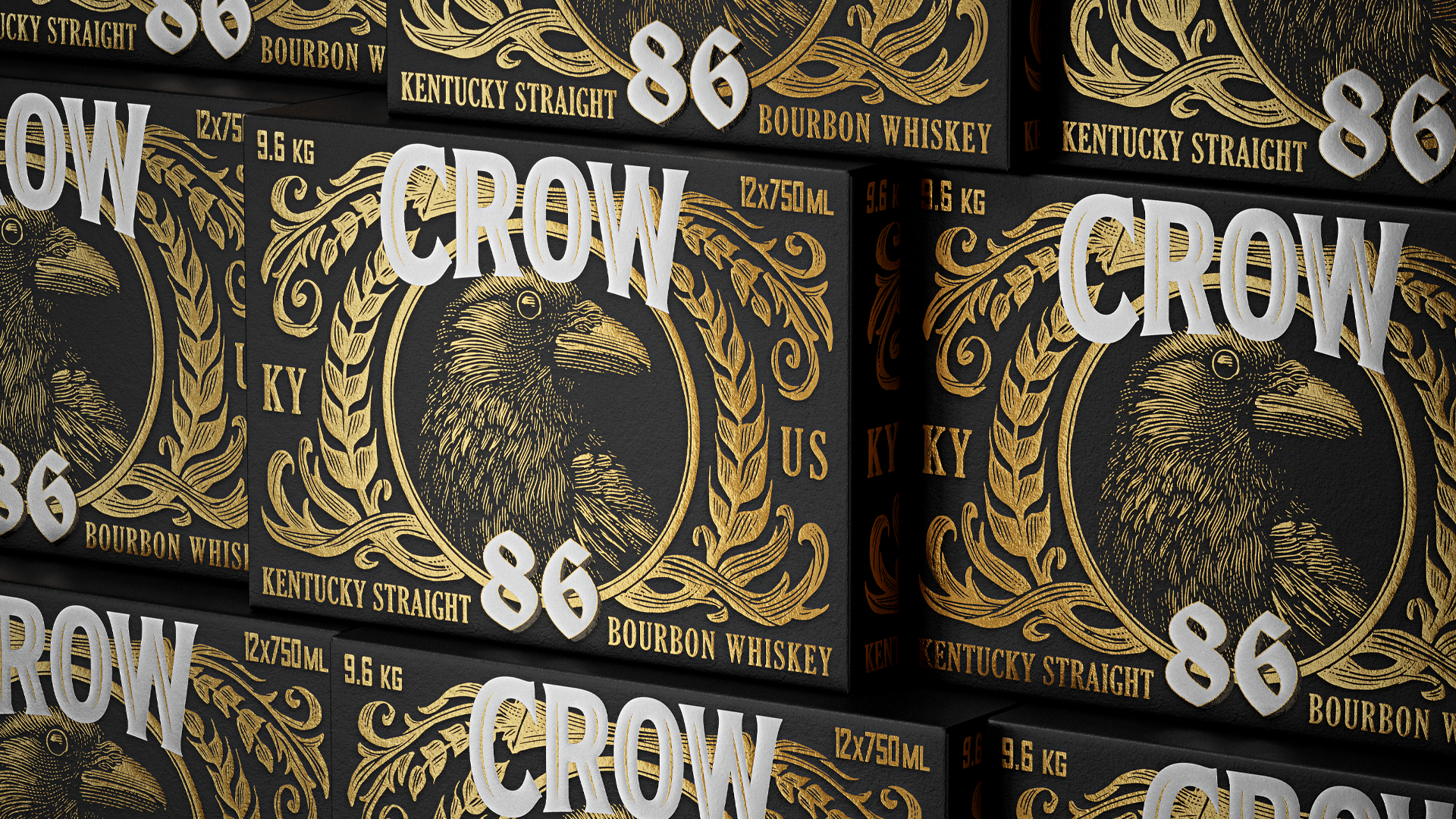
I'm down to roll up my sleeves and get into whatever challenges our clients face
For the rest of the day, I'm juggling the priorities of all departments – design, strategy, account management, and new business – to ensure they all function equally. I'm a designer by trade, but for any agency founder, I think there is a misconception that creative-led businesses lean heavily toward creative or design, which is not the case for me. I find this creates an imbalance between all aspects of your business. Ultimately, building strong client relationships is the most crucial element of our work. Without that trust, we can't create great work; it simply just doesn't happen.
To that end, my primary focus is on finding the right creative business solution for the client, regardless of which department it comes from. Often, a client needs a new or refined design, but sometimes, the most impactful solution is honing the behind-the-scenes strategy that drives creative across the board. Having worked as both a creative director and strategist, I'm down to roll up my sleeves and get into whatever challenges our clients face.
On the days we don't end up at the Tavern (an actual one), you can find me taking a meeting on my walk home the long way with Rocky. I can't back this up with any scientific study, but when you're walking or moving, you think better, so I always plan creative meetings like this for the end of the day.

What was your early career like?
I got my start in-house at NBC Sports, creating everything from the visual identity system's look and feel to commercials and any other promotional materials (print or digital) needed for our major sports properties. After that, I transitioned to capital B Branding and packaging at agencies specializing in spirits and beer: Quaker City Mercantile, Stranger & Stranger, JKR, and Design Bridge.
Between the last branding agency and starting Tavern, I book-ended my career with another stint in-house at TikTok as a consultant strategist for their internal ad agency. In terms of starting my own agency, going back in-house first was the best decision I could have made because it really sharpened my understanding of our client's daily challenges.
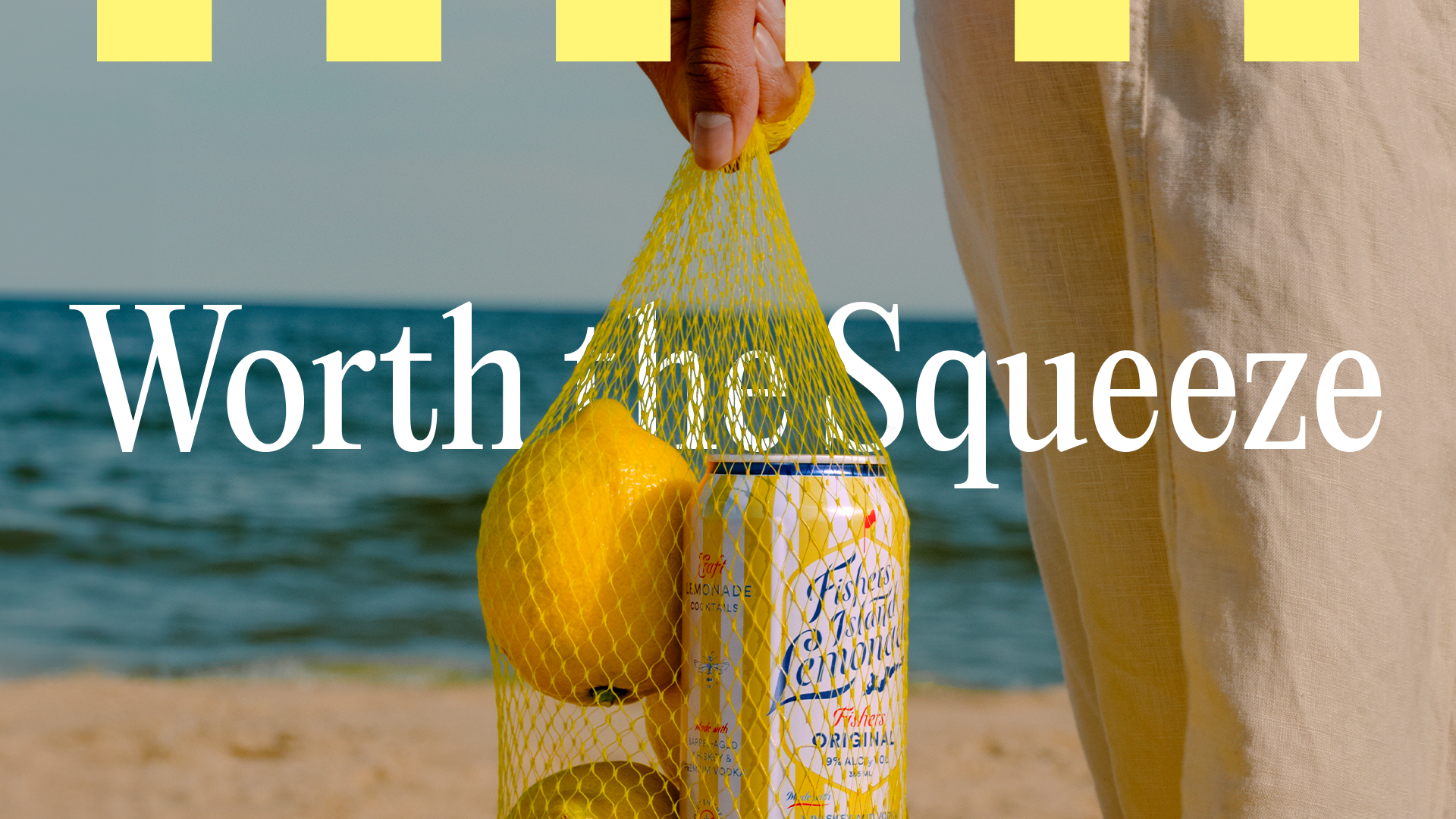
How would you define Tavern?
We're a creative agency focused on food, beverage, and hospitality – all three of which can be found at your favourite Tavern.
What really sets us apart, though, is the branding philosophy that drives everything we design – Modern Heritage. The brands we create are timeless because they take inspiration from the past but reimagine that inspiration with an eye for present-day aesthetics and standards. When working on brands with history, we actively search for powerful visual assets that will resonate with today's audiences. We dig through archives to uncover what made the brand so great at different points in its history; then, we pair that with strategic storytelling that makes it more palatable for a modern audience while ensuring its original essence remains.
Our capabilities don't stop with logos and identities. Again, it's all about helping our clients solve their most pressing creative business challenges. We look at every touchpoint through the lens of the brand – obviously design, but also marketing, advertising, innovation strategy, portfolio architecture, verbal ID, experiential, and packaging. For some clients, we even act as fractional CMOs.
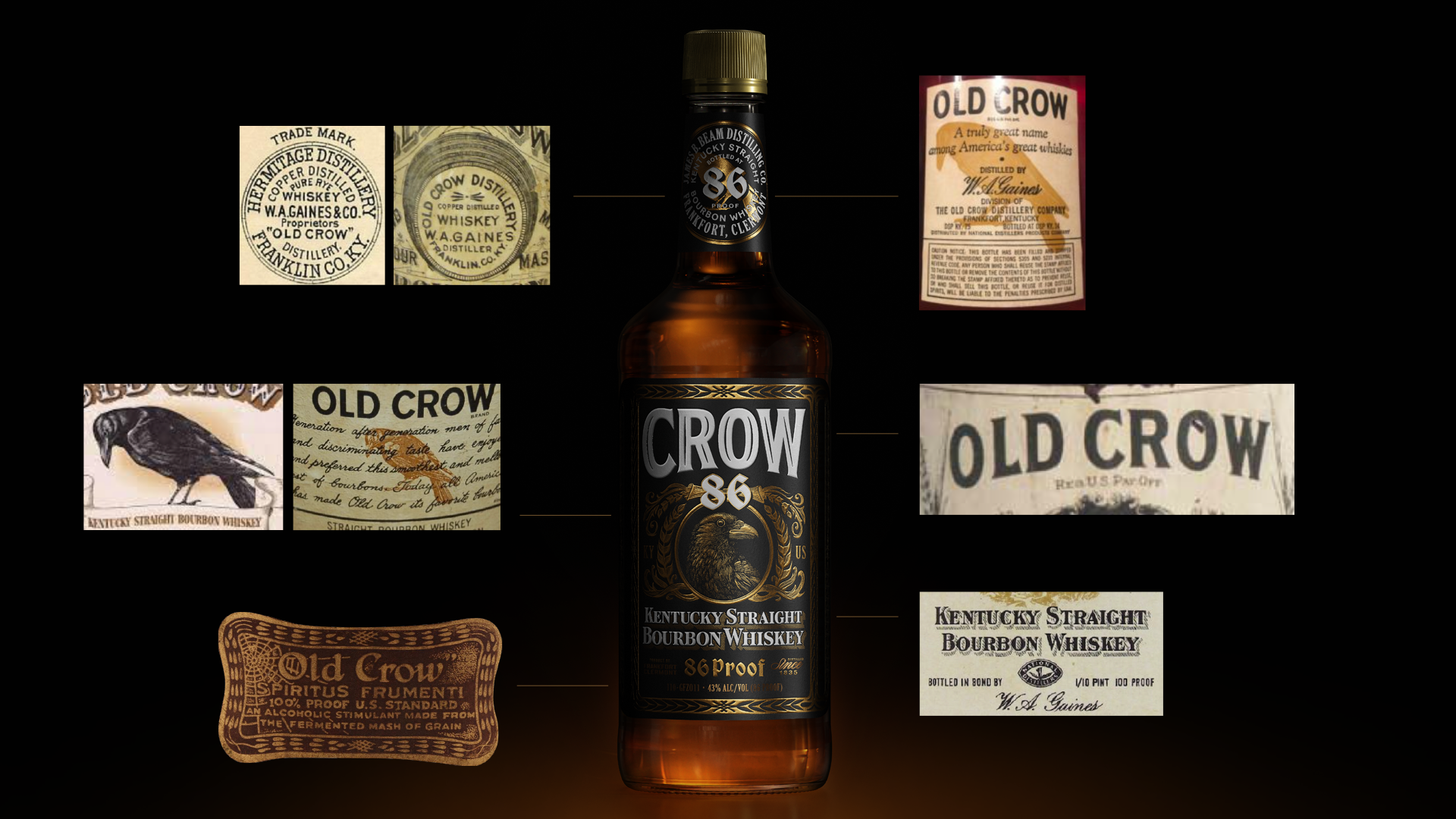
Which project are you most proud of and why?
No one could pick a favorite child, but if I had to, it would be Sizzler. However, a recent project that really left a mark was Old Grand-Dad 16 year.
We first got the brief a few years ago when Tavern started, and I was still doing more hands-on design. I ripped out something very close to the final design during an early three-day sprint. We refreshed an OGD logo that used hatching instead of the solid black fill, and there's a necker that borrows from some of the brand's packaging in the 70s.
Of course, a sprint is never the final; we always do our due diligence and explore all other options. But funny enough, in the end, that first design was still the right choice. If you look at the sprint and the final result, it's wild how similar they are. That never happens. But the first answer is often the right answer, and you need to trust your gut. And when you have great relationships with clients who trust your gut, great, challenging work makes it to the shelf.
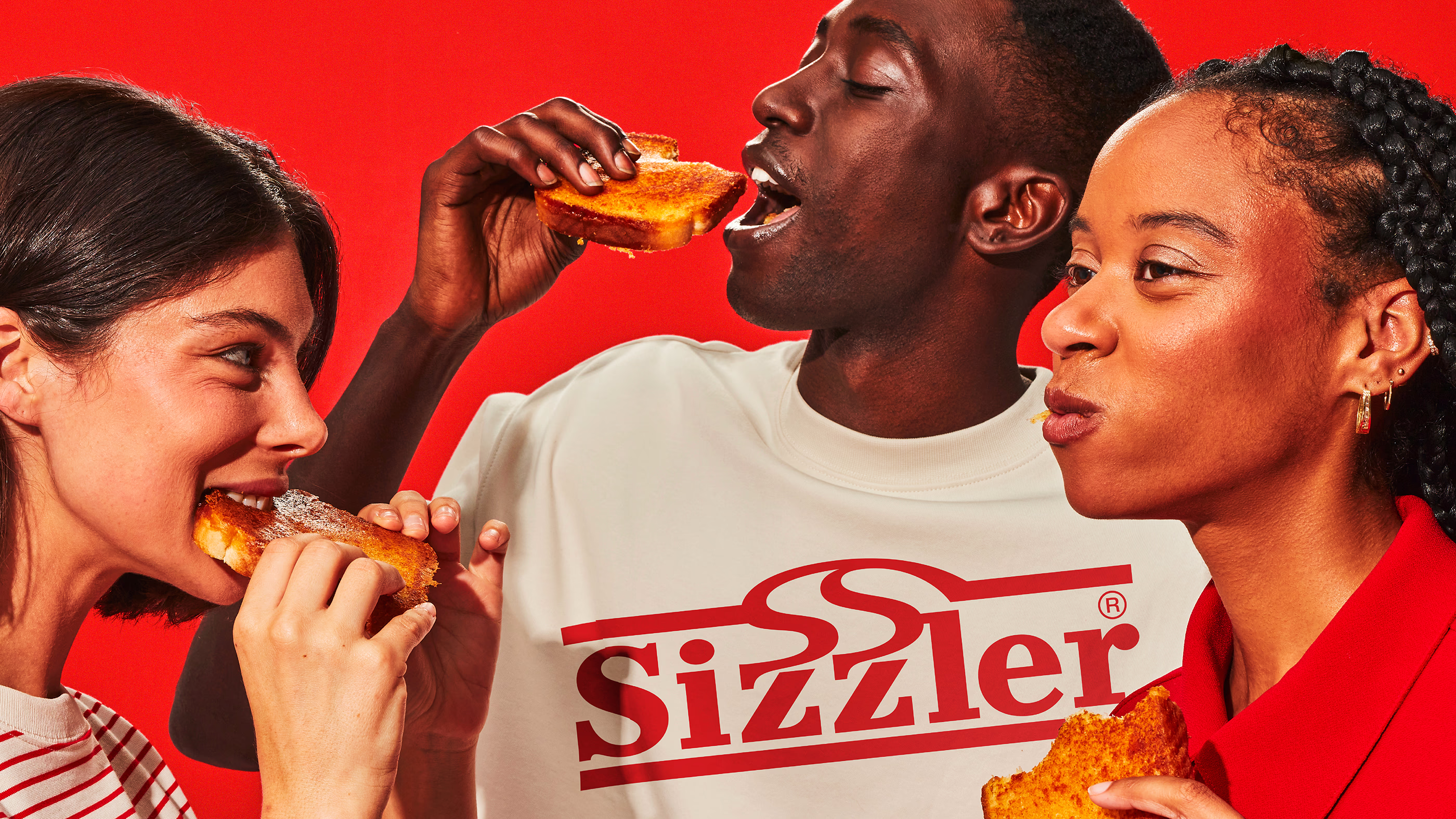
What's your design pet peeve?
I hate Pinterest. I HATE IT.
We all use it, and we've all got the same images pinned on our mood boards. That's why everything is starting to feel so homogenous. You can't go to Snaxshot or Dieline without seeing the same trends regurgitated over and over again. It's not doing anything for these brands and their business goals; it sure as hell isn't doing anything for the creative world or culture.
A rule at Tavern is that if you use a reference, it better be pulled from the past. Vintage rules – something between 20 and 99 years old, with cultural significance tied back to previous eras, their style, and what it all meant at the time. It should be something historical that nods to the past and can be adapted for the present. Everything else is garbage and will only add to the blurred lines between brands and everyone's basic Pinterest boards.
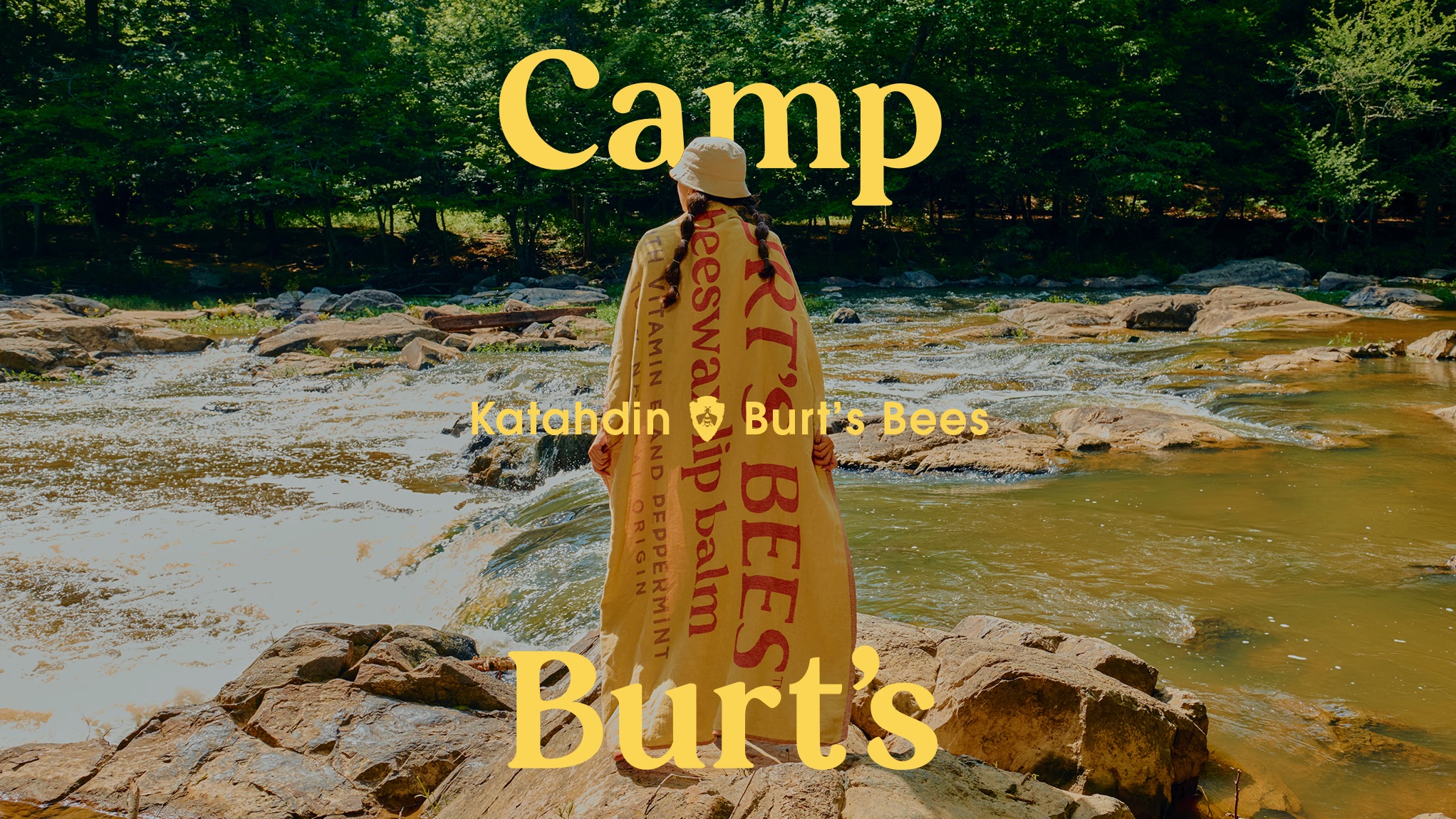
What do you think the industry needs to improve?
We need a fundamental shift in focus. Short-term agendas too often drive us, whether it's agencies chasing awards or clients prioritising immediate shareholder value. That leads to fleeting design that constantly needs rehashing instead of focusing on timeless solutions.
You have to prioritise long-term impact and all things timeless over quick wins and immediate profits.
We need to move away from simply giving clients what they want and instead provide the right answer, even if it challenges their initial perspective. The customer is sometimes very, very wrong. You need to build something meant to last that can endure, something that doesn't require constant updating or tweaking, or that's made for the sake of a press release and flash-in-the-pan media attention. How long does a redesign last in people's minds? 24 hours? A week? Who cares? It's not moving the needle or meeting long-term business goals.
We should redesign something once so that it lasts (hopefully) forever. You have to prioritise long-term impact and all things timeless over quick wins and immediate profits. That's the fundamental goal of branding: to positively impact your business. You have to focus on executing it well.
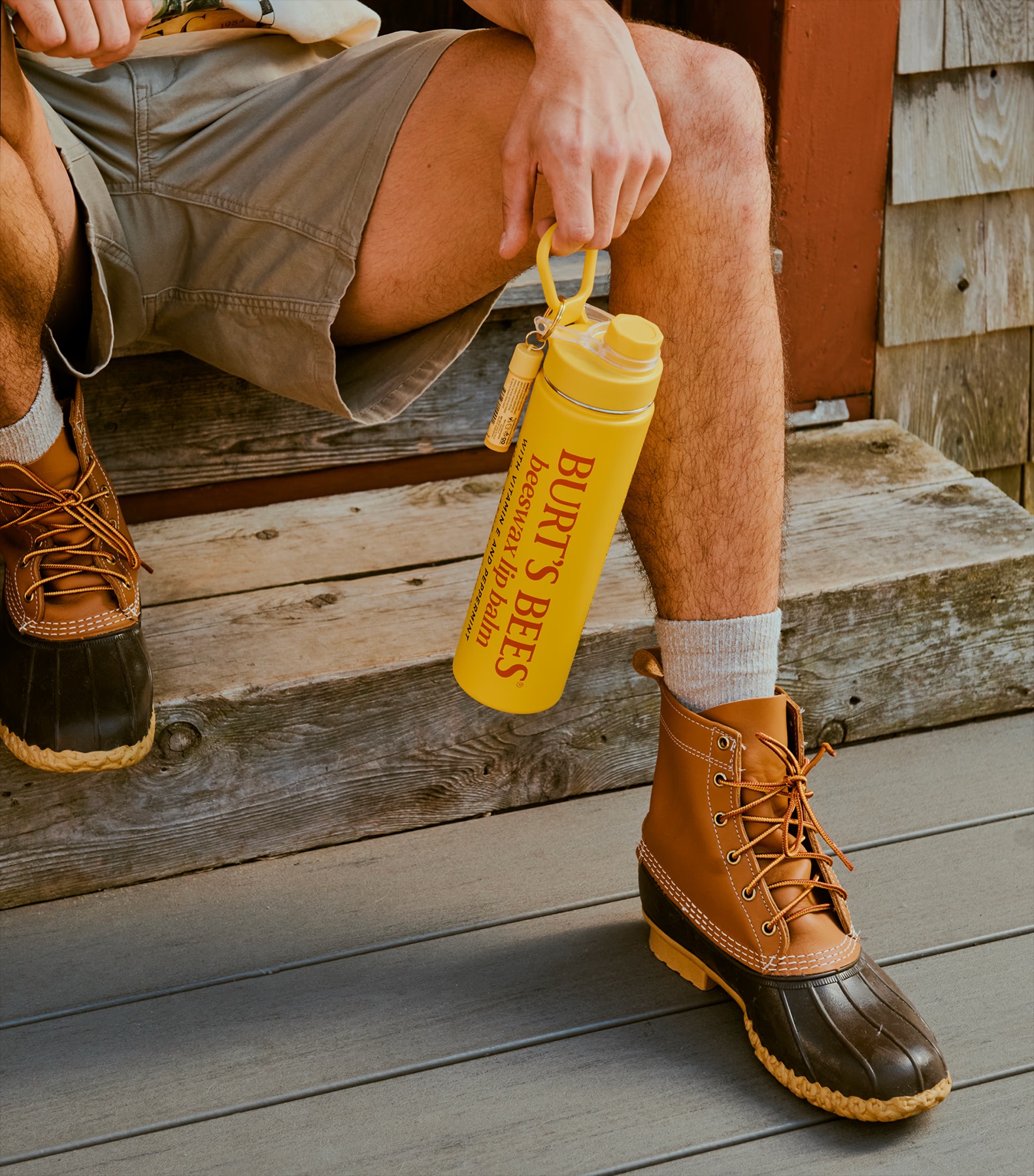
What's one thing you wish more people understood about your industry?
A significant portion of our work involves educating clients because they often misdiagnose their problems. We're frequently asked to solve issues that don't directly align with the core business objective: increasing product sales. Short or long-term, when you boil it down, that is always the end-all-be-all of a business objective.
You achieve long-term sales growth by building a consistent brand over time. The Marlboro Man was created in 1954. Leo Burnett and Phillip Morris ran him for 45 years straight – nearly half a century. That is how you achieve a strong brand: painstaking consistency and patience.
Too often, our industry is driven by short-term results when we should focus more on building lasting brand equity.
And look, I'm not saying don't have fun with it, expand it, or build upon it. The Marlboro Man extrapolated into Marlboro Country, and the world-building stretched to some of the furthest corners of marketing and culture. We all have an uncle with a box full of unclaimed Marlboro Miles.

What are some of your favourite tools?
Hands down, my absolute favourite tool is Figma Slides. It's truly revolutionary, the best design tool since Photoshop. It perfectly blends design, motion, narrative building, strategy, and storytelling, like a hybrid love-child of Keynote and Adobe. While it doesn't replace the entire studio workflow, it does streamline collaboration. I'm a huge advocate and would love to work with Figma to enhance it further.
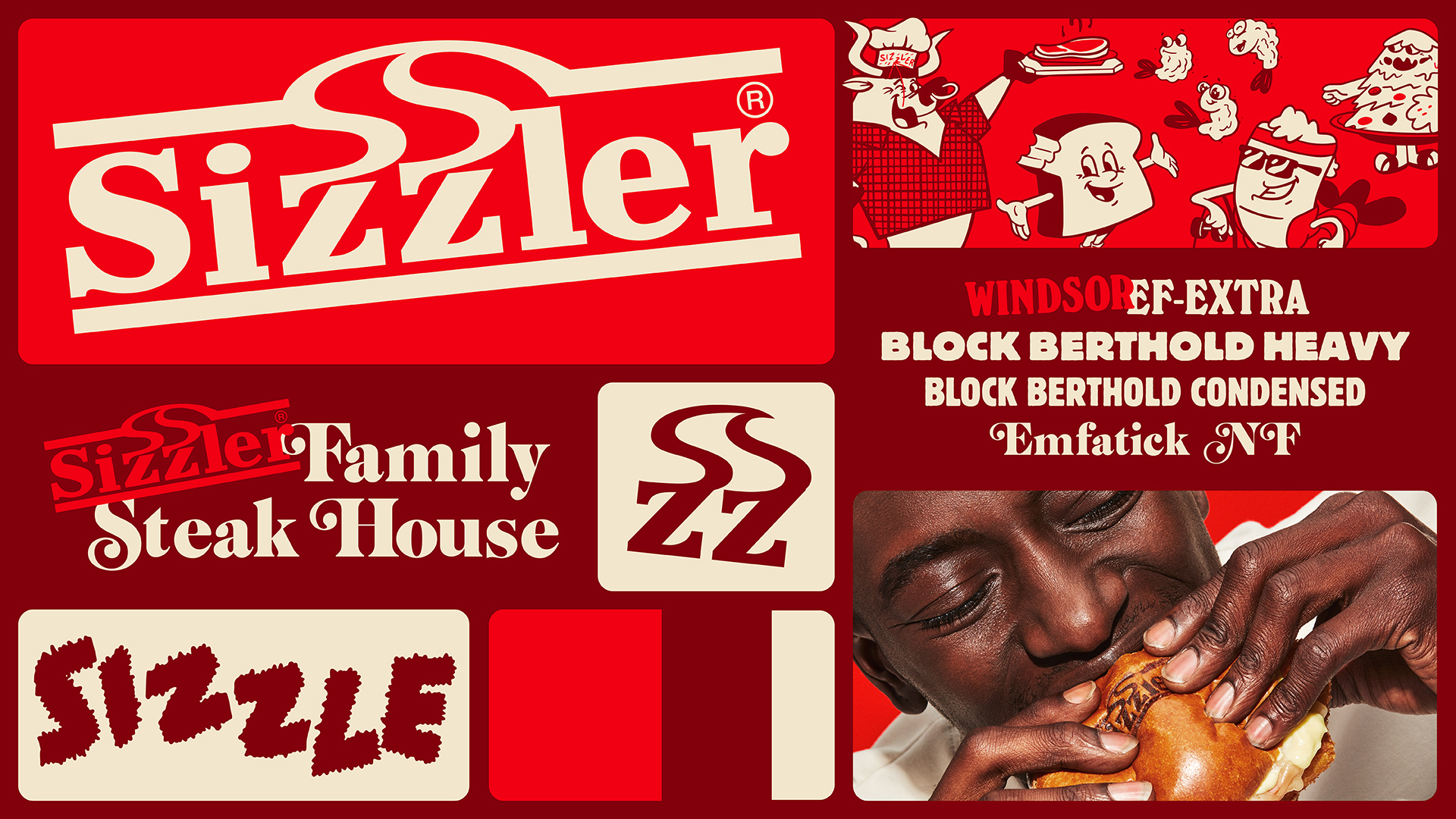
What's your dream project/dream client?
U-Haul is just so incredibly ubiquitous. It is woven into the fabric of everyday life, or in this case, the wallpaper of the highway. You can't go ten miles without seeing a U-Haul hub, and you can pick up and drop off a truck almost anywhere.
There aren't many brands that do what they do. They serve as advertisements for themselves, and they're on the road all the time – they're more effective than any billboard could ever be. The current visual identity has seen better days. Still, it just has so much potential and so many fun components when you dig into their archives: the classic U-Haul black and orange, the overtly midcentury vehicle designs, "Mom's Attic." I could keep going…

What career advice would you give your younger self?
READ WAY MORE.
On the surface, it sounds counter to what a young designer should be doing. Presumably, they should be designing more. But that's totally not the case. Read. Read. Read.
I'm a massive fan of Rory Sutherland, and I saw an interview with him recently where he said, "I don't know what you need to read to work as a lawyer; I don't know how much you need to read to work as a surgeon, what's interesting to gain 90% of the benefit of ostensive reading you only have to read about 15 books. If you just read these 15 books, you're already the best read, 3% of people working in marketing today."
That has sat with me ever since and gnaws at me. How have I not already read all of these?!? It would help me be a better creative and strategist, teach my team members, and help my clients because we'd be doing better work. So here's my personal list (different from Rory's, which you can find here). I've crafted this list to benefit young to seasoned designers, strategists, operations, and accounts.
I do encourage reading a paperback, but time is a precious commodity. Audiobooks count as reading; don't let anyone tell you otherwise.

Mike Perry's Book List for Young Creatives, Designers & Strategists
- Linchpin by Seth Godin
- The Practice by Seth Godin
- Alchemy by Rory Sutherland
- Finite and Infinite Games by James P. Carse
- Obvious Adams by Robert R Updegraff
- Start with Why by Simon Sinek
- Predictably Irrational by Dan Ariely
- Pre-Suasion by Robert Cialdini
- On Advertising by David Ogilvy
- The Illusion of Choice by Richard Shotton
